
Panelists discuss how patients with EGFR-mutated non–small cell lung cancer develop dermatologic adverse events with amivantamab treatment, presenting as papules, pustules, and paronychia that significantly impact quality of life.

Your AI-Trained Oncology Knowledge Connection!


Panelists discuss how patients with EGFR-mutated non–small cell lung cancer develop dermatologic adverse events with amivantamab treatment, presenting as papules, pustules, and paronychia that significantly impact quality of life.

Ongoing studies in kidney cancer aim to explore determinants of immune-related adverse effects and strategies for mitigating them.

Machine learning–based approaches may play a role in further understanding of how somatic alterations influence responses or resistance to therapy.

Several ongoing trials are evaluating the efficacy of ziftomenib treatment combinations in this acute myeloid leukemia population.

Panelists discuss how treatment selection for a typical intermediate-risk patient with clear cell renal cell carcinoma (RCC) involves choosing between ipilimumab plus nivolumab for long-term durable responses in nonsymptomatic patients and immunotherapy-tyrosine kinase inhibitor (IO-TKI) combinations for those requiring rapid disease control or cytoreduction.

Panelists discuss how the CLEAR trial showed pembrolizumab plus lenvatinib achieved the highest objective response rate (71%) and progression-free survival (23.3 months) among frontline regimens, though requiring careful patient selection due to lenvatinib's challenging toxicity profile at the full 20 mg dose.

Data from a first-in-disease trial assessing a personalized cancer vaccine in RCC require validation at a larger level, according to David Braun, MD, PhD.
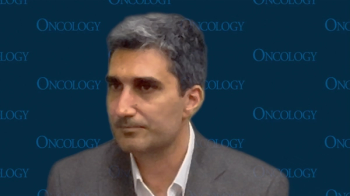
Single-agent ziftomenib achieved an ORR of 35% in patients with relapsed/refractory acute myeloid leukemia harboring an NPM1 mutation.
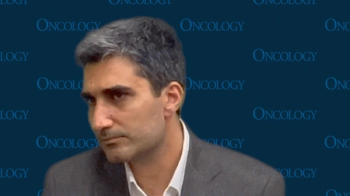
New targeted therapies are needed to improve outcomes for patients with NPM1-mutant relapsed/refractory acute myeloid leukemia.
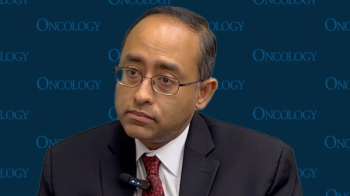
All 4 FDA-approved JAK inhibitors for myelofibrosis have unique toxicity profiles that all patients and physicians should know, said Prithviraj Bose, MD.
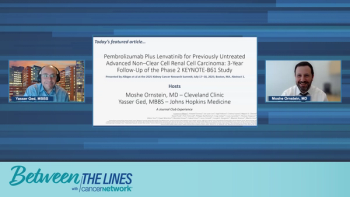
Panelists discuss how non–clear cell renal cell carcinoma (RCC) represents a challenging, heterogeneous collection of rare tumors comprising 25% to 30% of all RCC cases, requiring careful histological review and individualized risk stratification based on tumor biology, disease tempo, and burden rather than traditional treatment algorithms used for clear cell RCC.

Panelists discuss how they will review the KEYNOTE-B61 phase 2 study examining pembrolizumab plus lenvatinib for previously untreated advanced non–clear cell renal cell carcinoma (RCC), including an overview of non–clear cell RCC and integration of the 3-year follow-up data into clinical practice.

Panelists discuss the challenges of treating non–clear cell renal cell carcinoma (nccRCC) after first-line progression, emphasizing the limited second-line options, the emerging use of immunotherapy (IO) and combination regimens, the need for subtype-specific strategies, and the critical role of clinical trial enrollment to advance care in this heterogeneous disease.
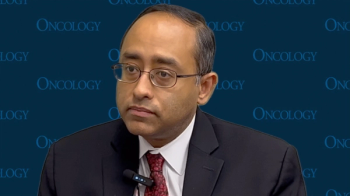
Non-driver mutations can be informative for clinicians in the treatment of patients with myelofibrosis, as they may help guide transplantation decisions.

Panelists discuss recent advances in non–clear cell renal cell carcinoma (nccRCC) treatment, highlighting the emerging role of immunotherapy plus tyrosine kinase inhibitor (TKI) combinations—particularly lenvatinib and pembrolizumab—in improving response rates, progression-free survival, and overall survival across diverse subtypes, while emphasizing individualized care and proactive management.
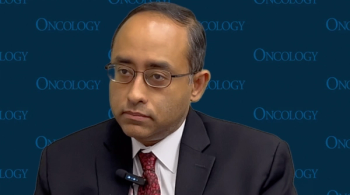
There are 4 JAK inhibitors approved for myelofibrosis, all of which are usable in certain situations depending on a patient’s clinical factors.

Experts highlight methods for optimally treating patients with genitourinary cancers harboring variant histologies at World GU 2025.
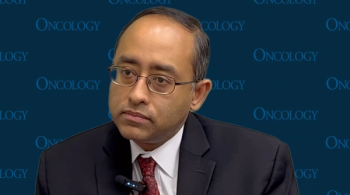
Interferons and other anemia-driven therapies for myelofibrosis are exciting for the future, according to Prithviraj Bose, MD.
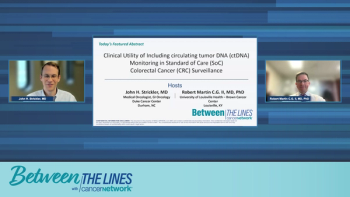
Experts discuss how ctDNA dynamics after colorectal cancer surgery can guide personalized surveillance and treatment, with recurrent positivity signaling high relapse risk and potential therapy resistance, whereas sustained negativity may support less intensive monitoring, balancing effective oversight with patient quality of life.
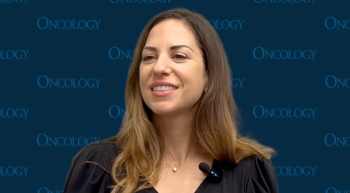
In community settings, offices may have to send pathology specimens to reference labs, and it may be difficult to maintain effective communication.

Experts discuss pooled data from international studies demonstrating the strong prognostic value of ctDNA monitoring in colorectal cancer surveillance, highlighting its ability to detect minimal residual disease and guide treatment decisions across diverse patient populations despite geographic differences in chemotherapy use.

Morphological dysplasia is the cornerstone of making a myelodysplastic syndrome diagnosis, except for a few myelodysplastic syndrome–defining genetic alterations.
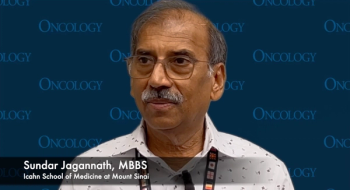
Sundar Jagannath, MBBS, said that when a cure is defined for patients with multiple myeloma, specific patients may be able to stop therapy without a risk of relapsing.

Panelists discuss how CheckMate 9ER results demonstrated significant progression-free survival and overall survival benefits with nivolumab plus cabozantinib vs sunitinib, with particularly impressive HRs for patients with visceral disease, including liver, bone, and lung metastases.

Panelists discuss how the KEYNOTE-426 trial established pembrolizumab plus axitinib as an effective and well-tolerated immunotherapy-tyrosine kinase inhibitor (IO-TKI) combination with high response rates and unprecedented tumor control, particularly suitable for frail patients due to axitinib's selective targeting and short half-life.

An expert explains that bispecific antibodies, currently approved for heavily pretreated multiple myeloma patients, are poised for earlier use—including maintenance and frontline settings—with ongoing research focused on safely stopping therapy after sustained minimal residual disease negativity to personalize treatment and improve long-term outcomes.

Results from the phase 1b/2 CARTITUDE-1 trial showed that after patients receiving cilta-cel were disease-free for 5 years, they did not need maintenance therapy.

Hydration and a healthy, well-balanced diet may mitigate fatigue among patients undergoing treatment for cancer.
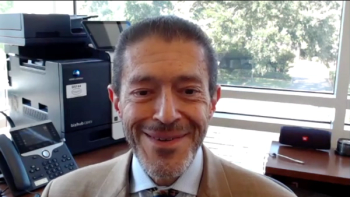
The medical characteristics of a patient may heavily factor into the selection of tyrosine kinase inhibition for the treatment of chronic myeloid leukemia.

Bland foods, such as crackers and chicken noodle soup, as well as fluids with electrolytes may help stave off treatment-related nausea.